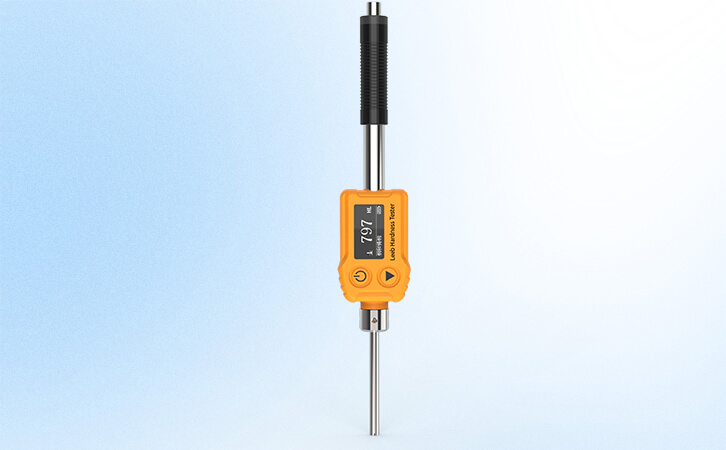
86252DL Leeb Hardness Tester
The DL impact device is designed for hardness testing in confined or hard-to-reach spaces.
Advanced dual-coil technology ensures high measurement accuracy.
The probe includes an orientation sensor to eliminate directional measurement errors.
Supports multiple hardness scales and material types.
The 86252DL is an all-in-one hardness tester that operates based on the Leeb hardness principle, making it ideal for testing a wide range of metals. Equipped with the DL impact device, it's particularly suitable for measuring hardness in narrow spaces, such as grooves or gear teeth. The device incorporates advanced dual-coil technology for superior accuracy and repeatability. Its built-in orientation sensor automatically compensates for any directional measurement deviations. The tester supports various hardness scales—including Leeb (HL), Vickers (HV), Brinell (HB), Shore (HS), and Rockwell (HRA, HRB, HRC)—eliminating the need for manual conversions.
Application
The 86252DL is equipped with the DL impact device and offers a wide selection of built-in metal types, making it adaptable for diverse metal hardness testing requirements.
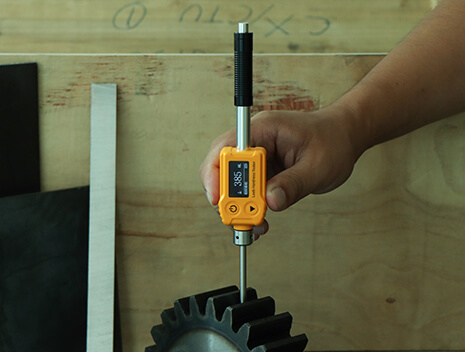
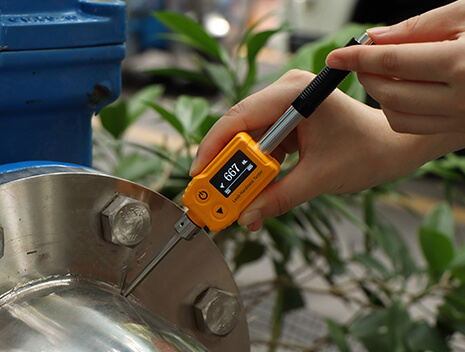
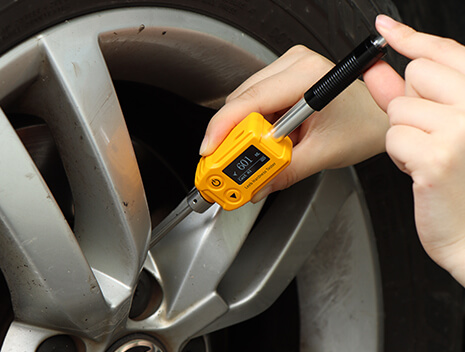
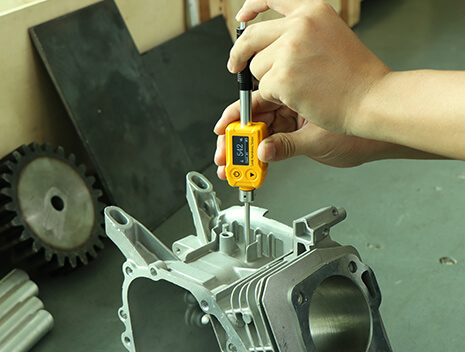
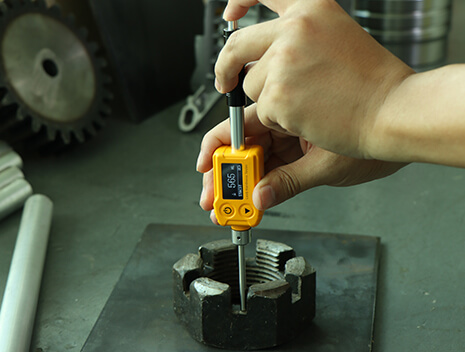
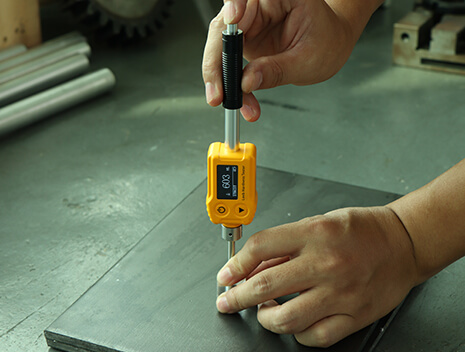
Parameters
| Parameters | values |
|---|---|
| Probe | Impact device DL |
| Hardness Scales | HL, HV, HB, HS, HRA, HRB, HRC |
| Measurement Range | HLD: (170-960); HV(194-976); HB(188-651); HRC(17.6-68.5); HS(29.54-99.5); HRB(91.5-100); HRA(60-85.8) |
| Resolution | 1HL |
| Accuracy | ±12 HL, ±6 HL typical |
| Repeatability | 6HL (factory standard) |
| Display | 128 * 64 dot matrix OLED |
| Power Supply | Rechargeable lithium battery 3.7V@250mAh, full charge for over 5000 continuous measurements |
| Charging Port | USB(Type-C) |
| Size | 203*34*24 mm |
| Weight | 78g |
| Working Temperature Range | -10~50℃,0~85%RH(no condensation) |
| Storage Temperature Range | -10~60℃,0~85%RH(no condensation) |
Features
DL Impact Device
Designed for precise hardness testing in compact areas such as slots and recesses.
Advanced Dual-Coil Technology
Ensures high accuracy and repeatability in measurement results.
Built-in Orientation Sensor
The integrated direction sensor automatically corrects measurement discrepancies caused by different impact angles, allowing for accurate readings from any position.

Tungsten Carbide Construction
The DL impact device is partially constructed with tungsten carbide, offering near-diamond hardness for enhanced durability.
Multiple Hardness Scale Conversions
The tester supports conversion across several hardness scales: Leeb (HL), Vickers (HV), Brinell (HB), Shore (HS), and Rockwell (HRA, HRB, HRC), enabling quick and easy data interpretation.
Wide Material Compatibility
With support for 10 different metal materials—including steel, alloy tool steel, stainless steel, and gray cast iron—the device suits a wide variety of industrial and field applications.
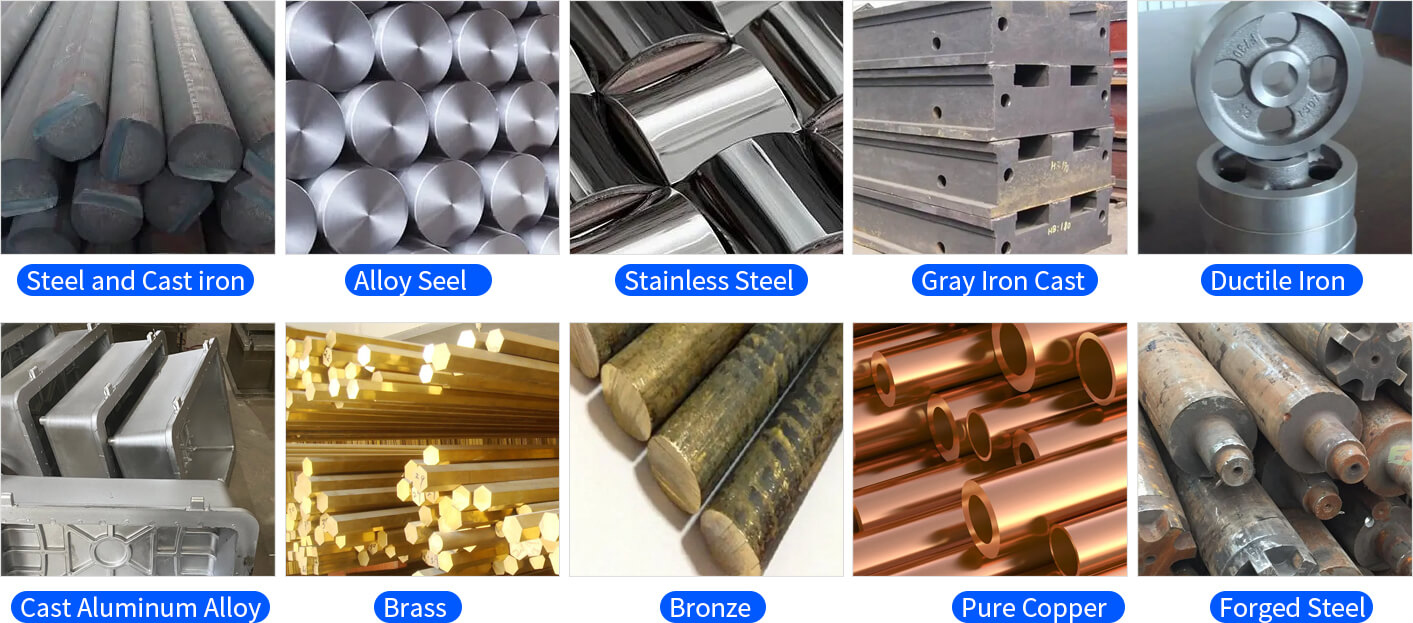
USB Rechargeable Battery
Powered by a rechargeable lithium battery, the device can be conveniently charged via a USB port.
Energy-Saving Design with Long Battery Life
A smart power-saving algorithm extends the standby time significantly. Combined with a high-capacity lithium battery, the tester is built for long-term use.
User Calibration Support
Users can recalibrate using standard test pieces to correct for any deviations, ensuring reliable measurement accuracy over time.
Qualifications and standards
The hardness tester conforms to the following standards:
GB/T 17394.1 Metallic materials-Leeb hardness test-Part 1: Test method
GB/T 17394.2 Metallic materials-Leeb hardness test-Part 2: Verification and calibration of hardness tester
GB/T 17394.4 Metallic materials-Leeb hardness test-Part 4: Tables of hardness values conversion
JB/T 9378-2001 Industry standard of Leeb hardness tester
Operation
Loading: Push down the loading sleeve of the probe to lock the impact body.
Positioning: Press the probe firmly against the surface of the object to be measured and keep it still.
Measurement: Press the release button on the top of the probe to measure the hardness of the object.
Cautious
When measuring, the distance between any two indentations should not be less than 3mm, and the distance between the center of the indentation and the edge of the object to be measured should not be less than 5mm.
After use, the impact body should be loosened.
The use of various lubricants is strictly prohibited in the impact device.
Packing
| No. | Product Name | Quantity | Unit |
|---|---|---|---|
| 1 | Leeb Hardness Tester | 1 | Set |
| 2 | Locating Sleeve | 1 | pcs |
| 3 | USB Data Cable | 1 | pcs |
| 4 | Nylon Brush | 1 | pcs |
| 5 | User Manual | 1 | pcs |
| 6 | Calibration Report | 1 | pcs |
| 7 | Certificate / Warranty Card | 1 | pcs |
FAQ
-
What is the thinnest thickness a durometer can measure and what is the thinnest thickness after coupling?
Leeb hardness tester is only suitable for large and heavy workpieces, small and thin parts must be coupled to a solid support for testing; DL-type impact device is measured by the minimum mass of 5kg, the minimum thickness of 25mm, if the weight or thickness does not meet the requirements, must be coupled to a solid support for testing, coupled to the minimum thickness of the measured object is 3mm.